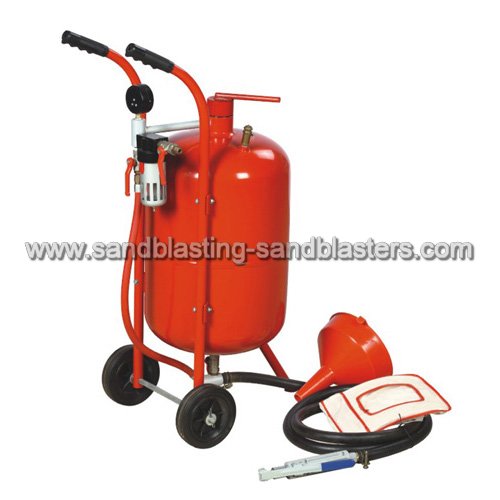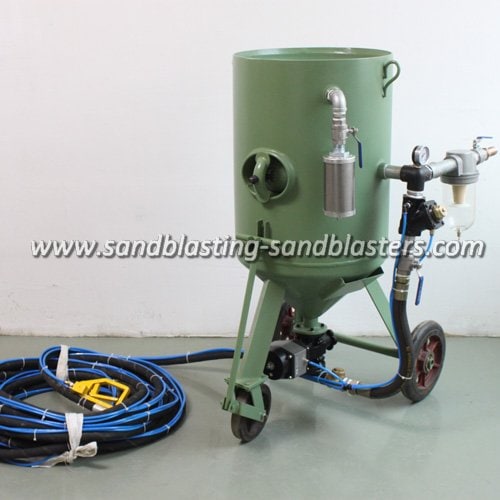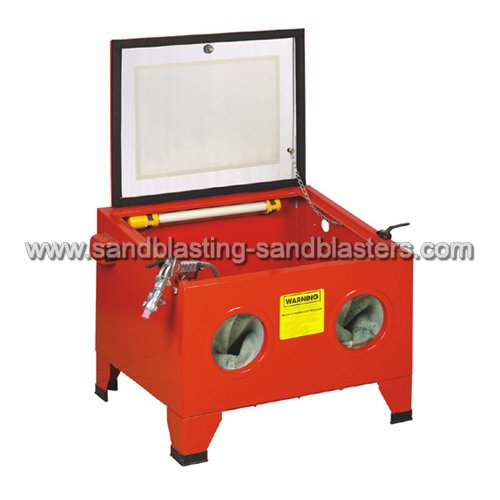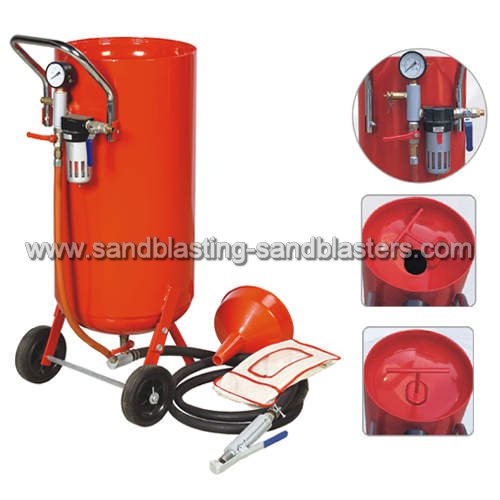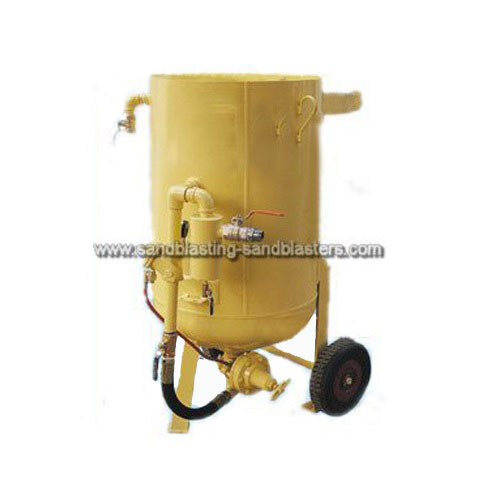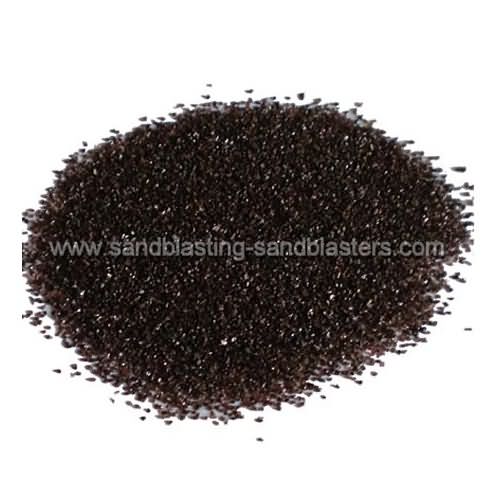How to Sandblast Small Parts?
Sandblasting is one of the most effective methods of stripping dirt, rust, paint and virtually any other finish from the surface of objects. A sandblaster employs the use of compressed air to forcibly propel a stream of solid grain onto a target, which can restore almost instantaneously a surface to its bare condition. Sandblasting is also used to smooth a targeted object for a desired texture. Sandblasting is convenient but, even for small objects, it requires protective measures and detailed preparation.
Instructions
1. Choose a preferred media, or fuel, for the task. The most common media for general applications is silica sand, which is high in purity and widely available. Various grades of glass bead and aluminum oxide are other adequate alternatives, but they are typically more expensive.
2. Place the object in a well-ventilated area, away from anything that could be affected by stray sand. Cover the exposed surfaces with plastic sheeting or tarp if you are unable to empty an enclosed workspace.
3. Protect yourself with eye goggles and rubber gloves before operating the sandblaster. Wear a painter's suit with a hood to cover your body entirely; depending on the surface area of the targeted part, the media is likely to ricochet in your direction.
4. Turn the valves off on the sandblaster and fill the unit with at least 10 pounds of silica sand or other choice of media. Start the compressor and open the air line. Allow the tank to pressurize between 40 and 100 pounds per square inch (PSI).
5. Stand at least 8 to 16 inches away from the part, then begin sandblasting at a low PSI setting using short bursts. Gradually increase the pressure until you've obtained the desired results.
Feng Blast Recommendation:
Tags: FAQ

